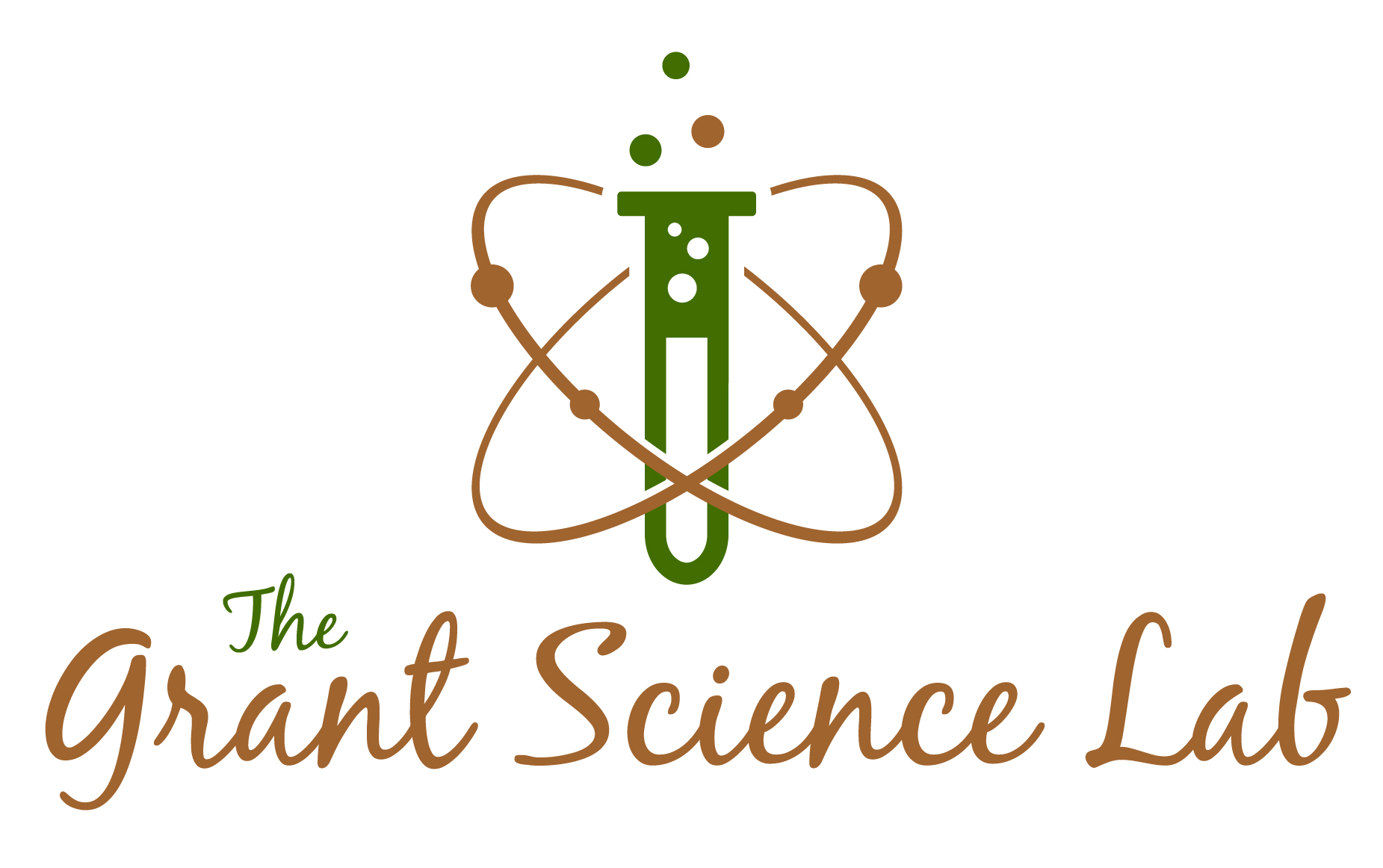Storytelling With The Scientific Method
 Scientists are lucky storytellers. Lucky, because they have the logic model of the scientific method as a framework for telling science stories. That framework has the plot, subplots, the characters, and possible outcomes already in place. Science stories are in every new idea, every new result, every unusual result, and new approaches to old ideas. These stories seem to begin with a question. A question that becomes a hypothesis. Just about everything in telling research stories turns on a hypothesis as an informed guess, framing the process designed to disprove it.
Scientists are lucky storytellers. Lucky, because they have the logic model of the scientific method as a framework for telling science stories. That framework has the plot, subplots, the characters, and possible outcomes already in place. Science stories are in every new idea, every new result, every unusual result, and new approaches to old ideas. These stories seem to begin with a question. A question that becomes a hypothesis. Just about everything in telling research stories turns on a hypothesis as an informed guess, framing the process designed to disprove it.
As critical as the hypothesis is to the scientific method, it doesn’t always serve the community when it comes to grant proposals funding research programs. This blog post on Hypothesis Overdrive from NIGMS at NIH provides thoughtful criticism about its apparent use in grantsmanship and research. The author questions the use of a rigid hypothesis in light of problems with reproducibility of research results among other matters. Citing several papers about the scientific method, the author proposes a shift to a more open question-based approach. The more open question-based approach allows for multiple hypotheses and creative scientific inquiry.
The comments have depth, solutions, and even more constructive criticism. They express concern for the education of graduate students, postdoctoral researchers, and junior faculty about hypothesis development.
All this brought me back to my postdoc in the seemingly dark ages of the 1980s. A retired scientist affiliated with our group, who was involved in microbial genetics of the 1950s & 1960s (his name escapes me after nearly 30 years), always prodded the students, postdocs, faculty, and even the technicians with this: What is the question? That act must have had an impact on me because I always thought of my research as question-based. Did I get denied funding with reviews that stated the research wasn’t hypothesis-based or on a fishing expedition? I certainly did and learned to reframe the question accordingly that resulted in funding considering the situation at the time.
But are we teaching the scientific method correctly from the beginning?
I can’t help but wonder that this hypothesis overdrive Jon Lorsch discusses has its origins in poor teaching of the scientific method at earlier levels. Neither the post, nor most of the comments challenge the pedagogy. As someone who spent a career teaching introductory biology to majors, teaching the scientific method is a nightmare. It is a nightmare because students bring ingrained misconceptions about the method and its cornerstone, the hypothesis. These misconceptions exist because students were taught an incorrect, overly simplified scientific method way back in elementary, middle, or high school. A photo in 2013 blog post from Small Pond Science provides proof of a middle school origin of this kind of misconception. What is worse is that this kind of damaging pedagogy pervades the rubrics and requirements of science fair projects. Is this any way to teach future scientists? As parents and researchers we were forced to tell our child that she had to follow the rules for projects, but the reality we experienced in the lab was much messier.
In my experience undergraduates, who have this misconception that the scientific method is a strict linear process to test a single, rigid hypothesis, have a hard time wrapping their thinking around the creative, messy reality that is scientific inquiry. It is a messy reality that involves multiple hypotheses, tangential research ideas, good ideas, bad ideas, failed experiments, rejected publications, and the reagent that didn’t come in on time. Somehow, they and perhaps many of us inadvertently missed the memorandum that a hypothesis is accepted once all the data are in demonstrating that it can’t be proven wrong. When the light finally dawns, the bright, creative students realize that they were poorly taught, expressing frustration and anger because they were lied to. Fortunately, when they get over the anger and realize how fun the messy circle of the scientific method can be, they become interested in graduate school.
As experienced researchers, have we not fallen into the same pattern of a rigid rubric substituting a grant proposal for a science fair project?
It would seem so from the post. Breaking from patterns like these is always harder than we think. The way forward is to ask questions; big questions, little questions, and just right questions developing the plots of our science stories. The answers might be found in the subplots though testing those multiple hypotheses. Some will be correct, others might be wrong, and a few just plain crazy. The scientific method is a journey to test those ideas, gathering data as characters in a story that will speak to the truth, falsity, or the maybe of the hypothesis.
A scientific story begins with a question. The scientific method provides the means to find answers to that question. The method is ancient, though continuously refined to the present through countless thinkers and experiments. It remains one of the best, yet malleable tools in the toolbox. A malleable tool we bend into that messy circle of ideas. Scientific stories can’t really be told without it, whether to our colleagues, students, grant reviewers, and the public.
